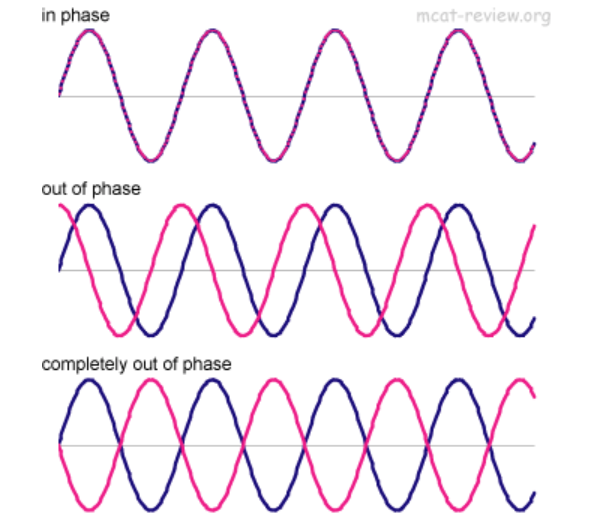Exploring the impact of “interpersonal synchrony”
I am supporting a colleague - Tünde Erdös, a PhD researcher at Vrije Universiteit Amsterdam (NL) & Ashridge Centre for Coaching (UK) & Case Western Reserve University (US). This research is being fully endorsed by a number of reputable organisations*, including the International Coaching Federation and has received a grant funded by Harvard Medical School.
Tünde is researching the role of presence and how it is linked to goal attainment. If you wish to be more impactful in your own social systems this may be interesting for you as a client. The research focuses on the study of interpersonal ‘synchrony' in coaching’; the impact of non-verbal interactions on the coach-client relationship, and how that is likely to foster a client's self-directed goal-attainment beyond the coaching process. The driving question is: what is the impact of coaching presence on clients’ own effectiveness.
If you are committed to investing in a coaching process, and would be open to doing so as part of this research project, please let me know.
Because it looks at the physical, it involves recording 10 to 12 sessions without any audio purely to look at what is termed “interpersonal synchrony” - an ability to naturally fall into rhythm with your conversation partner. It a very new area of research, its application in the coaching space has not been studied at all to date.
What would participation entail?
• As with any coaching process, as a client you would need to be invested in your growth and development.
• Given the research objective, I would require permission for the sessions to be VIDEO recorded, in person (so video conferencing will not work). There is NO AUDIO recorded as data will be analysed automatically through MEA, a Swiss software developed at Bern University. The researchers don’t actually look at the video, they use a specially designed software that automatically detects the synchronisation of movements between coach and client without human intervention. You can rest assured that your anonymity and the content of the coaching remain confidential and are absolutely safeguarded, in line with the ethical guidelines of the International Coaching Federation of which I am a member.
• You would need to complete a questionnaire before the start and at the very end of the ‘project’, which would each take about 30 minutes. There would also be a short 10-minute questionnaire after the end of each session, which you can use as an opportunity to reflect on the session thus supporting you in your own process. These questionnaires are designed to track your experience of the coaching over time to see the correlation between coaching presence and the effectiveness of the coaching in your experience. This time equates to max. 3 hours over a period of 6-8 months
• We would need to work together for at least 10 sessions over a 6-8 month period, starting January 2019.
I want to be explicit about the fact that I’m not getting paid for this study. I’m doing it because I think that the researcher is onto something very important that will grow us as coaches and as a profession.
For more information, please don't hesitate to reach out.
Simone
*ICF, EMCC, AC, ANSE, LVSC, NOBCO, FNHW, ACSM Asia, APAC, AoEC, APECS, British Transport Police, NAPP Pharmaceuticals
You can see an interview with Tuende Erdoes conducted by Kevin Brush, VP Research at EMCC, to get a sense of what coaching presence through non-verbal synchrony is and in what way it is expected to contribute to better understanding the change process in coaching.


